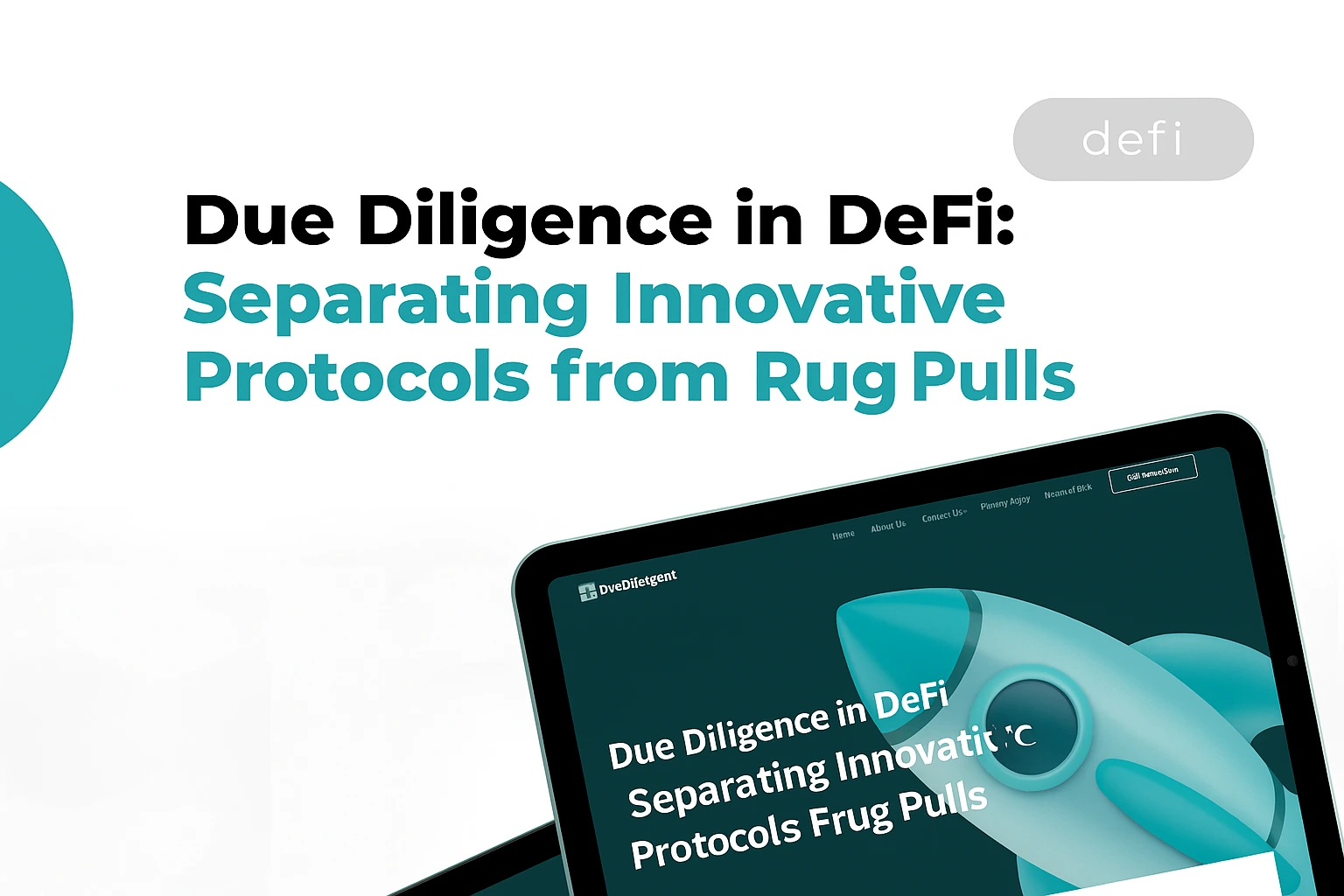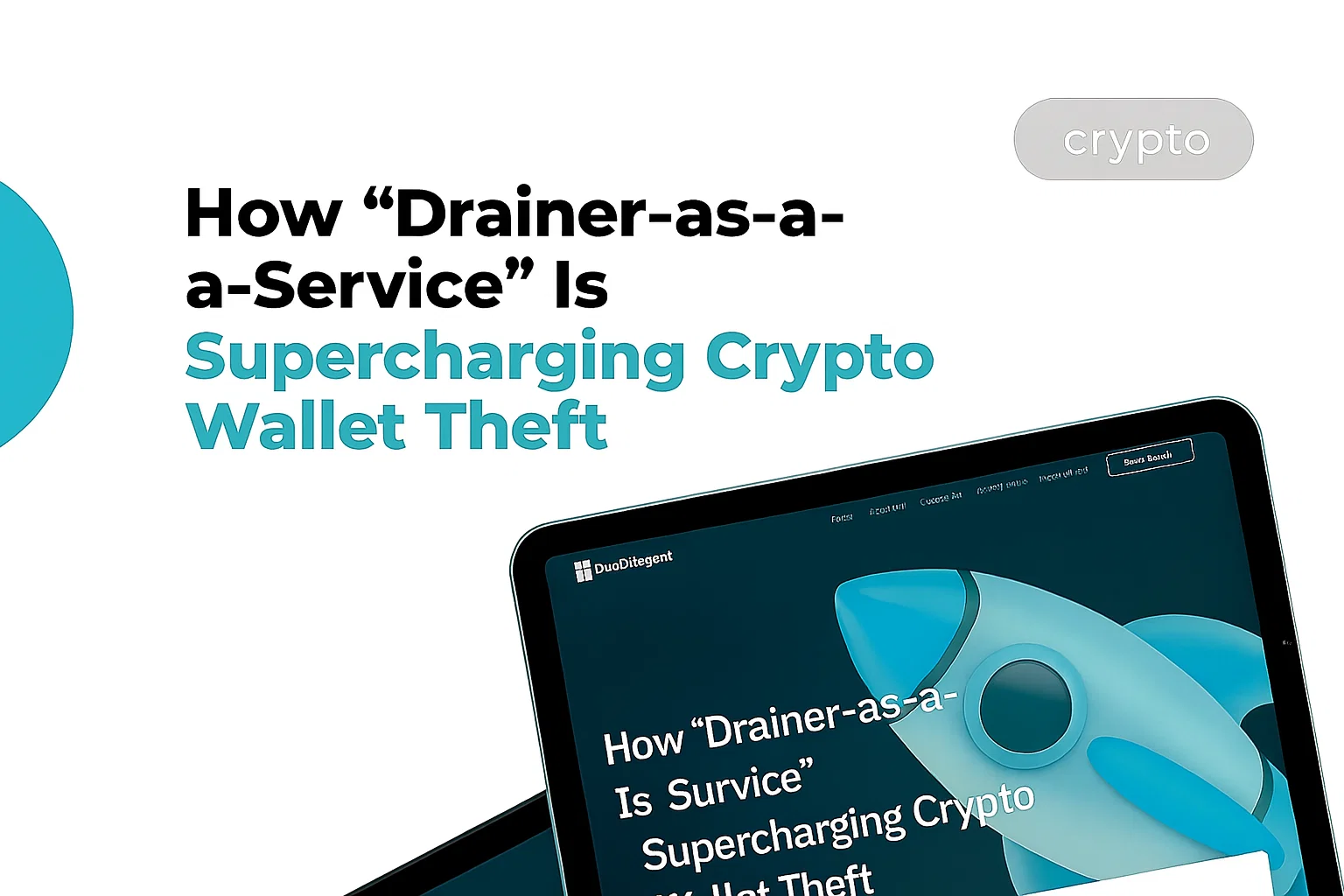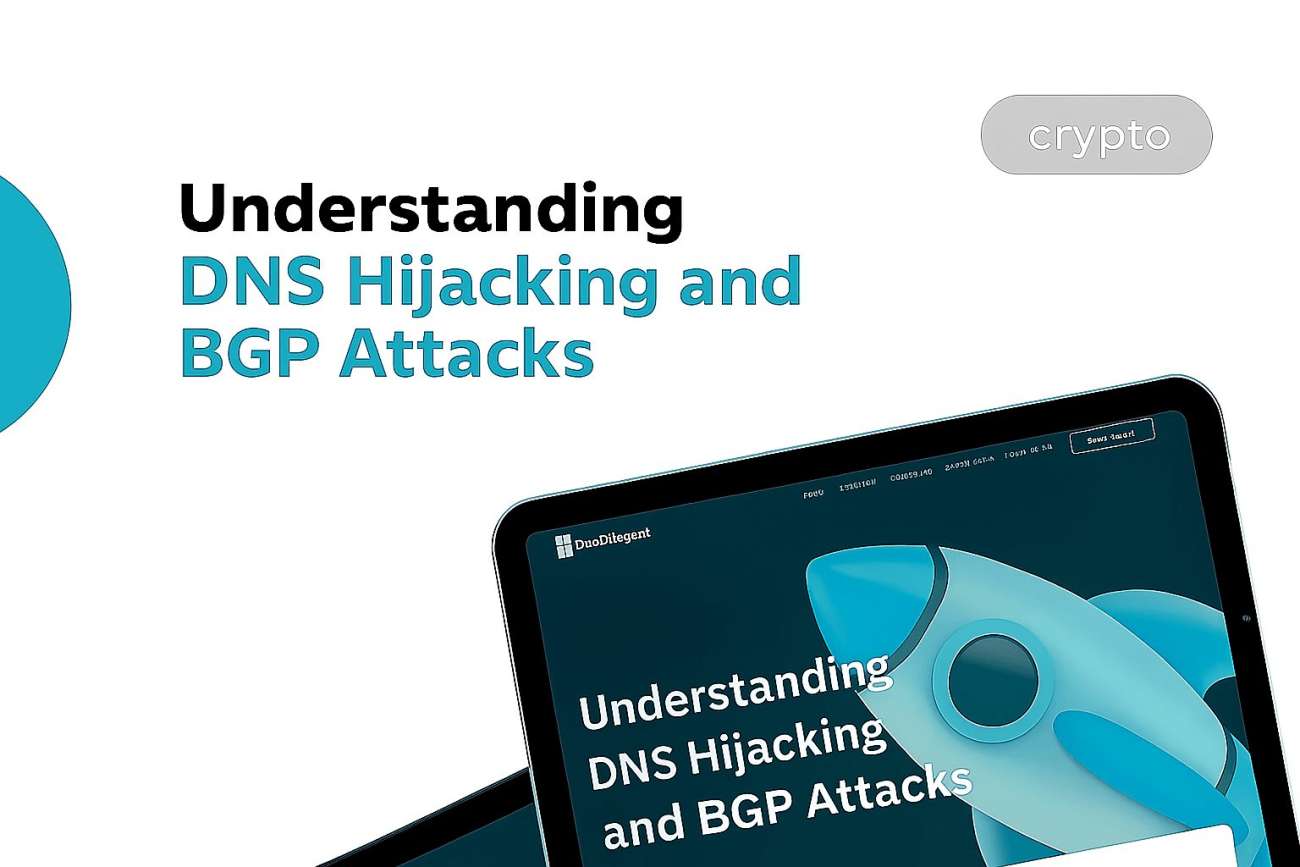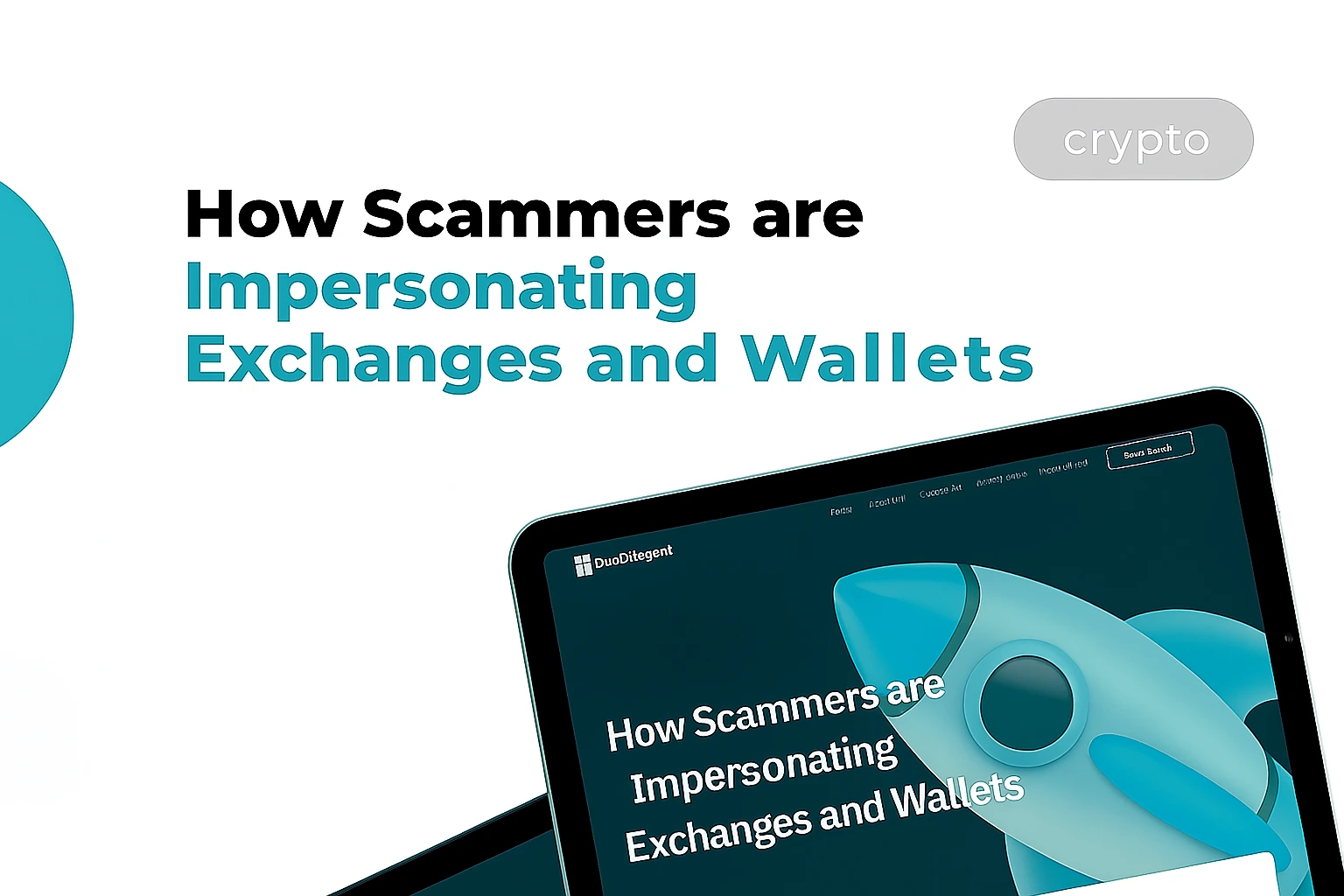
Overview
Table of Contents
The world of Decentralized Finance (DeFi) sits on the razor’s edge between brilliance and disaster. It’s the wild frontier of blockchain – open, fast, borderless – and for some, intoxicatingly profitable. But behind the hype and freedom, there’s a darker current: the scam culture, the “rug pulls,” the too-good-to-be-true yields that disappear overnight.
Every DeFi trader or investor learns – sometimes painfully – that due diligence isn’t optional; it’s survival. Understanding how to tell an innovative protocol from a well-polished scam is what separates long-term builders from one-time victims.
The warning s>The warning sign of anonymous and unverified teams
thing you look at in any DeFi project isn’t the token – it’s the team. Who’s behind the curtain? Real builders or faceless ghosts?Legitimate projects tend to have founders who are public about their identity. They’ve worked in blockchain, finance, or software before. You can find their profiles, old projects, GitHub commits. Their names carry something to lose.
Scammers, on the other hand, love pseudonyms and cartoon avatars. And sure, anonymity has deep roots in crypto culture – but when someone’s asking for millions of dollars in liquidity, “privacy” quickly turns into “no accountability.”
If a project hides behind pixelated profile pictures, vague bios, and no verifiable experience, that’s a red flag the size of a Bitcoin banner. Transparency isn’t just about trust – it’s about risk management.
This process of vetting leadership isn’t new. It mirrors traditional investment research in stocks, venture capital, or even startups. Checking who’s running the show – and whether they’ve built something credible before – is a timeless principle of Fundamental Analysis.
Scrutinizing the Smart Contract and Securit>Scrutinizing the Smart Contract and Security Audits
ct. It’s what runs your money, executes trades, and holds liquidity. So, if the code isn’t trustworthy, nothing else matters.Rug pulls often hide inside that code. Maybe there’s a secret backdoor giving the developers special powers – like the ability to mint unlimited tokens or block you from selling. One subtle function can drain millions.
That’s why a professional security audit is non-negotiable. Reputable teams willingly submit their code to third-party firms like CertiK or Quantstamp for full audits. These reports – if genuine – should be public, detailed, and transparent about any critical vulnerabilities.
No audit? Or worse – an incomplete one brushed under the rug? Walk away. That’s not just laziness; it’s often deliberate. Scammers know a proper review would expose their trapdoors.
Think of it this way: you wouldn’t deposit your savings into a bank that refuses inspection. The same logic applies here.
Unsustainable yields and tokenomics red flags
Ah,>Unsustainable yields and tokenomics red flags” louder.
DeFi scammers understand human nature – they sell dreams. Astronomical yields, instant rewards, viral token launches. And for a brief moment, it all works. You deposit, numbers go up, Twitter goes wild. Until it doesn’t.
These absurdly high Annual Percentage Yields (APYs) are almost always powered by hyper-inflationary tokenomics – the project’s native token printed endlessly to “reward” users. But the more tokens printed, the less each one is worth. Eventually, the bubble pops, and your reward tokens are worth fractions of a cent.
Real projects don’t operate this way. They have clear token distribution plans, a capped supply, and – most importantly – a purpose. Their token does something – pays fees, governs the protocol, unlocks utility. It’s part of an actual ecosystem, not just a short-lived farm.
Projects that survive the chaos are the ones that build long-term financial integration. Getting listed that offer access to diverse markets on established platforms like the YWO trading platform isn’t just exposure – it’s a test. These platforms have their own due diligence processes. Passing that bar means something.
If a project’s entire value proposition boils down to “stake and get rich,” it’s not innovation. It’s bait.
Beyond the surface: community, roadmap, and time
Scams move fast. Real innova>Beyond the surface: community, roadmap, and time is the project’s roadmap and community engagement. Serious teams communicate clearly, update regularly, and actually deliver. Scammers, meanwhile, vanish after the first payout – or pivot every week to something “new and exciting.”
Look at how the team handles setbacks. Real builders own up to mistakes, fix bugs, ship updates. Rug-pull artists deflect blame, gaslight critics, or delete their socials overnight.
Patience pays here. Sometimes, the best due diligence tool is simply watching how a project behaves over a few months. If they can’t survive silence or scrutiny, they weren’t solid to begin with.
The psychology of due diligence
Here’s the part few talk about: due diligence isn’t jus>The psychology of due diligence; it’s about emotion control.
DeFi is fast, shiny, and noisy. It preys on FOMO, that panic-driven impulse to jump into the next trending pool before it’s too late. But seasoned investors know: the best trades come from patience, not panic.
Before you commit funds, pause. Ask the hard questions. Check the contract, the team, the audits. Read between the lines. If something feels off – it probably is.
In a space as wild as DeFi, skepticism isn’t cynicism. It’s defense.
Final thoughts
The next wave of DeFi innovation will be massive – real-world assets on-chain,>Final thoughtsrkets, AI-driven liquidity. But with that growth will come more rug pulls, copycats, and empty promises.
Staying safe isn’t about avoiding risk – it’s about understanding it.
If you treat DeFi like a casino, you’ll lose like a gambler. But if you approach it like a disciplined investor – analyzing teams, verifying audits, studying tokenomics – you stand a fighting chance.
In the end, the difference between being rugged and rewarded often comes down to one habit: doing your homework.





